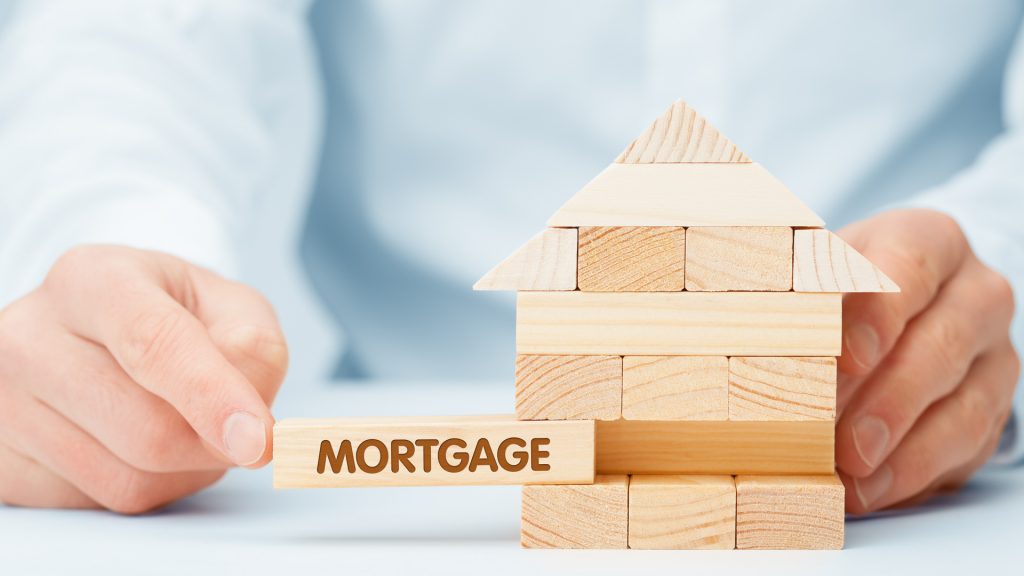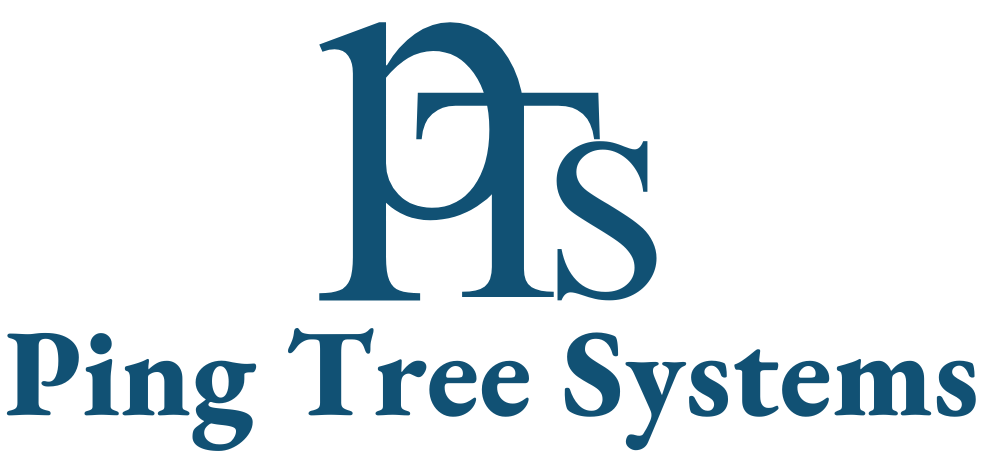What is mortgage
Taking out a mortgage is one of the most substantial financial decisions most of us will ever make. So, it’s essential to understand what you’re signing on for when you borrow money to buy a house.
A mortgage is a loan from a bank or other financial institution that helps a borrower purchase a home. The collateral for the mortgage is the home itself, meaning that if the borrower doesn’t make monthly payments to the lender and defaults on the loan, the bank can sell the home and recoup its money.


How does a mortgage work?
A mortgage consists of two primary elements: principal and interest.
The principal is the specific amount of money the homebuyer borrows from a lender to purchase a home. If you buy a $100,000 home, for instance, and borrow all $100,000 from a lender, that’s the principal owed.
The interest is what the lender charges you to borrow that money, says Robert Kirkland, senior home lending advisor at JPMorgan Chase. In other words, the interest is the cost you pay for borrowing the principal.
Borrowers pay a mortgage back at regular intervals, usually in the form of a monthly payment, which typically consists of both principal and interest charges.
“Each month, part of your monthly mortgage payment will go toward paying off that principal, or mortgage balance, and part will go toward interest on the loan,”
Depending on your mortgage agreement, your monthly payment may also include some of the following charges:
- Property taxes
- Homeowners insurance
- Mortgage insurance
Types of mortgages
There are several types of mortgages available to consumers. They include conventional fixed-rate mortgages, which are among the most common, as well as adjustable-rate mortgages (ARMs), and balloon mortgages. Potential homebuyers should research the right option for their needs.
- Fixed-rate mortgage
- Adjustable-rate mortgage (ARM)
- Balloon mortgage
- FHA mortgage
- VA mortgage

